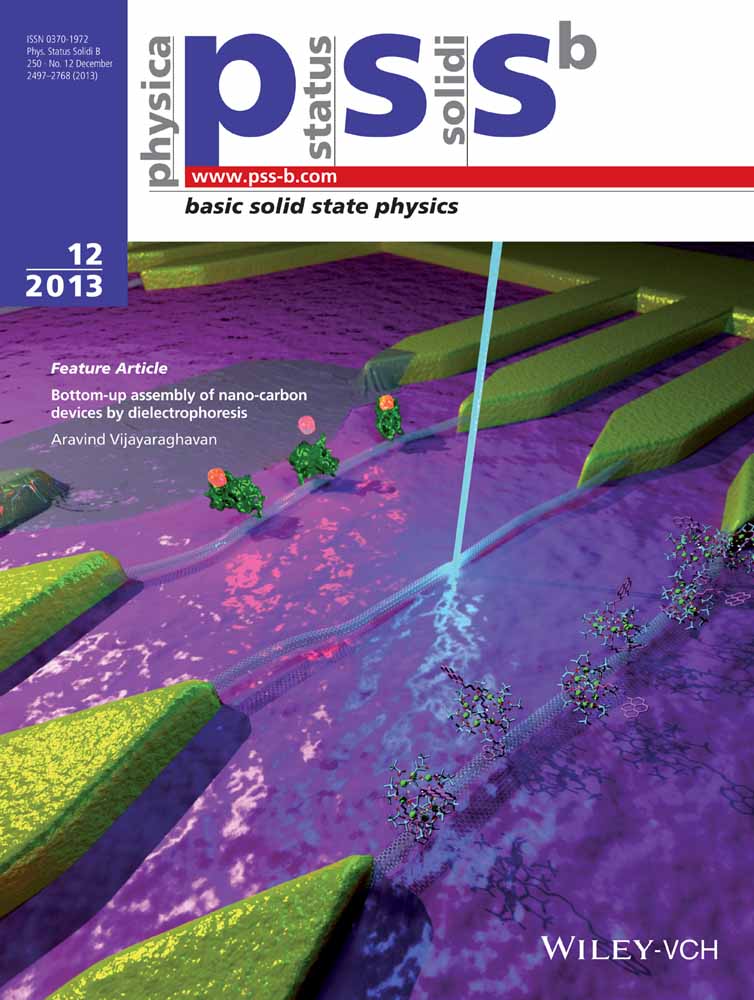H-terminated diamond as optically transparent impedance sensor for real-time monitoring of cell growth
Abstract
Cell-based impedance spectroscopy is a promising method for real-time monitoring of cell cultivation. Here, we present intrinsic diamond film as a material suitable for fully optically transparent impedance biosensor. Conductive interdigitated electrodes are realized in plane by local hydrogen termination of diamond surface, thereby the surface morphology is uniform. The diamond-based impedance sensors are used for real-time electrical (label-free) monitoring of osteoblast-like cells. Fluorescence images confirm that H/O-termination provides a patterned cell colonization at lower cell seeding concentration (16 000 cells cm−2). The cells form a confluent colony across the whole sensor area at higher cell concentrations (>27 000 cells cm−2). Time-dependent impedance measurements at 1 kHz exhibit similar profiles for the diamond and Au reference sensors. Nevertheless, the diamond sensor seems superior in terms of overall transparency, uniform morphology, and sensitivity to the development of the cell cultures.




